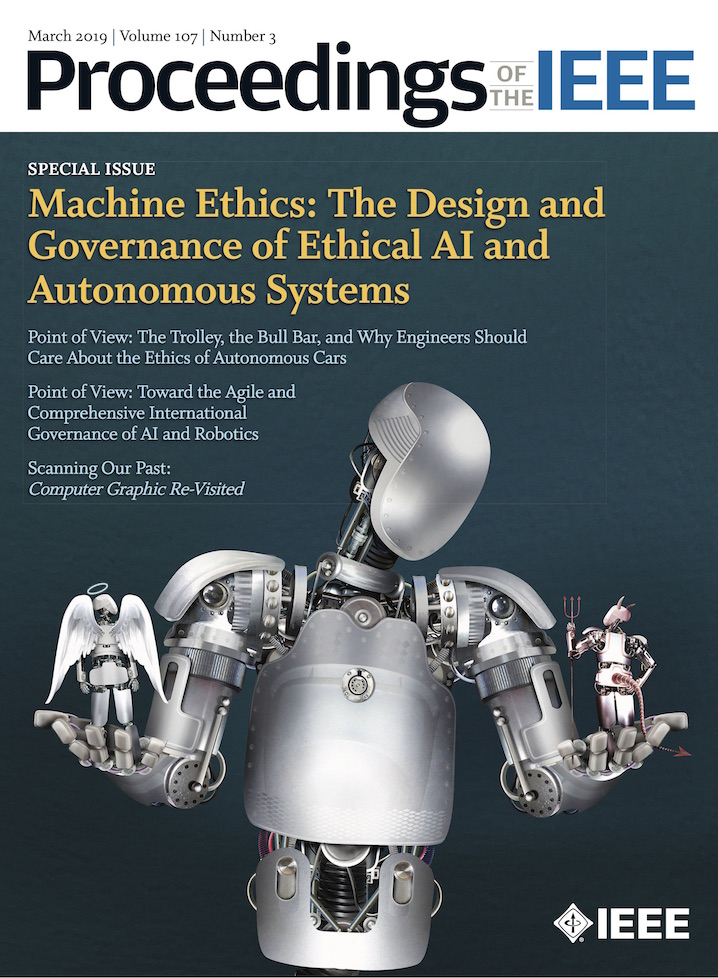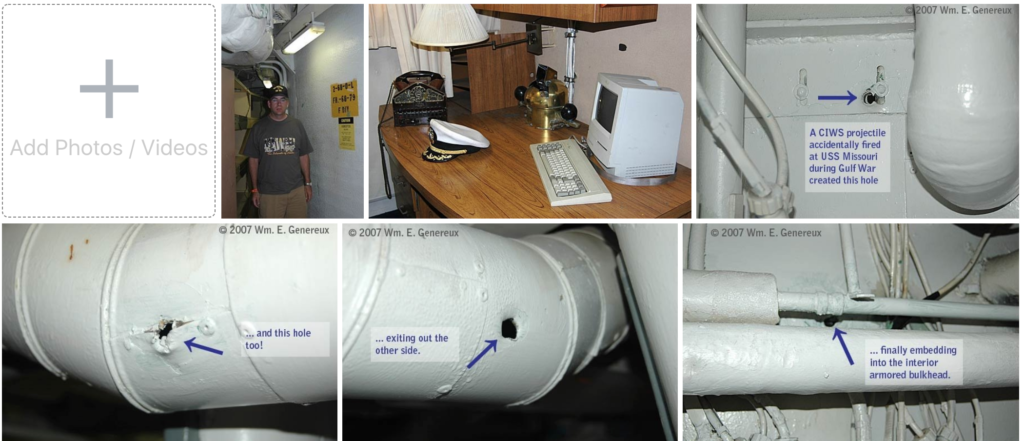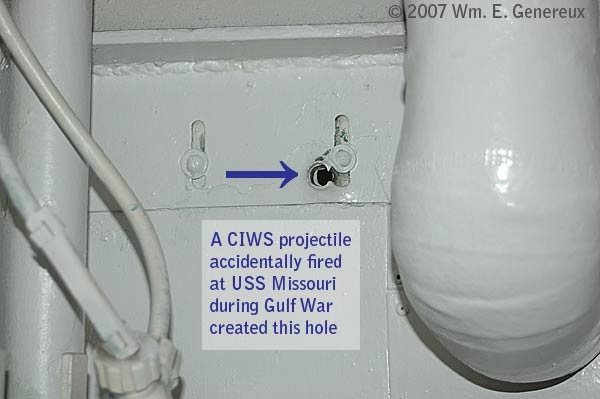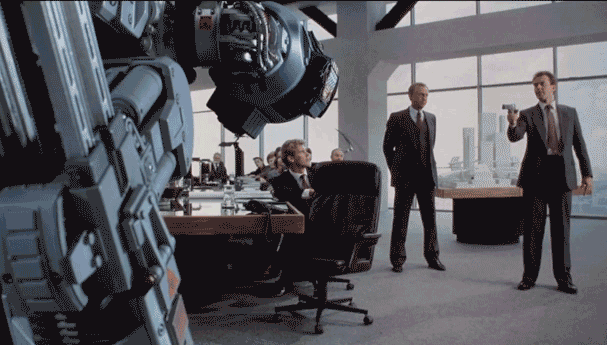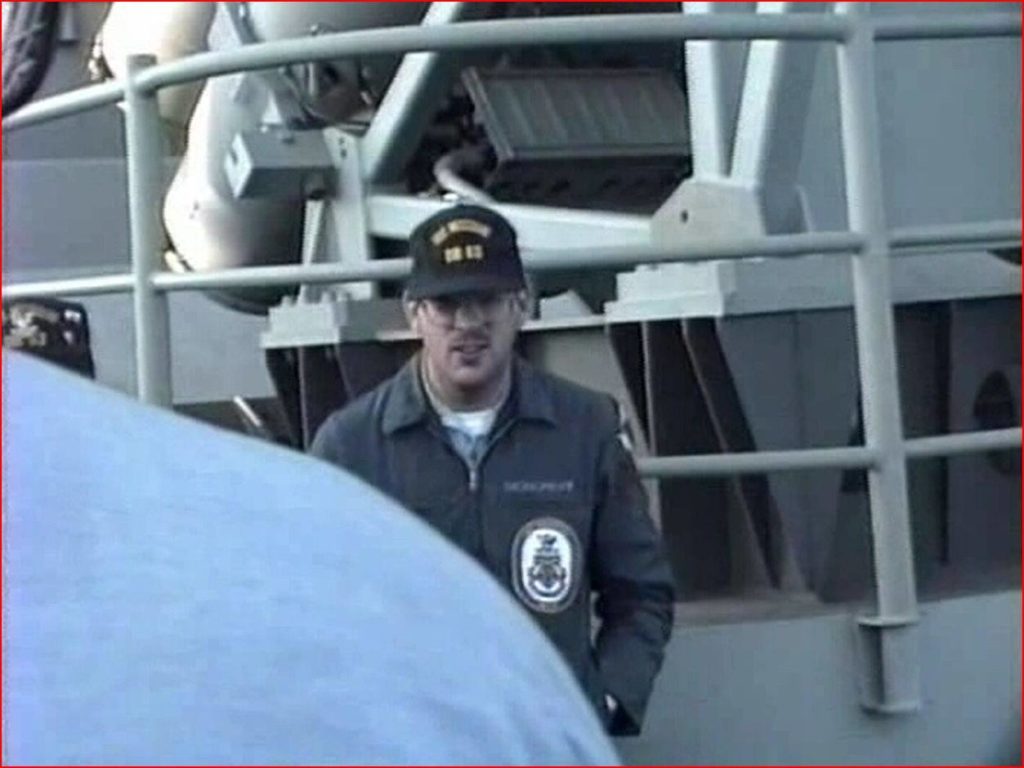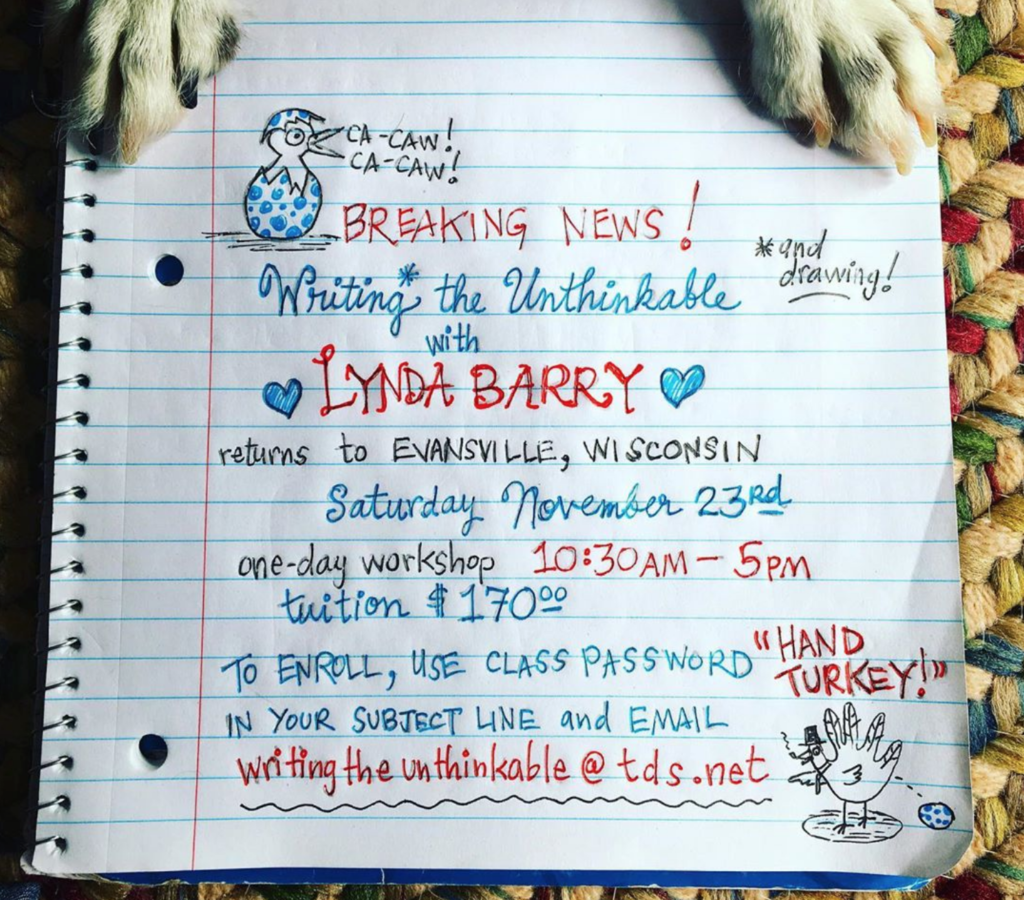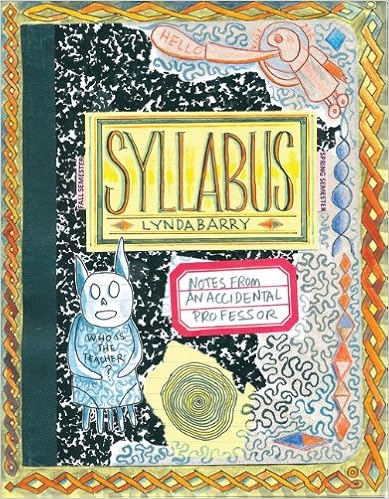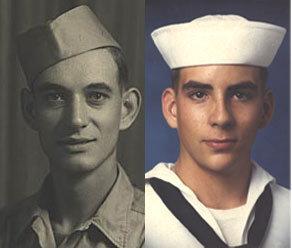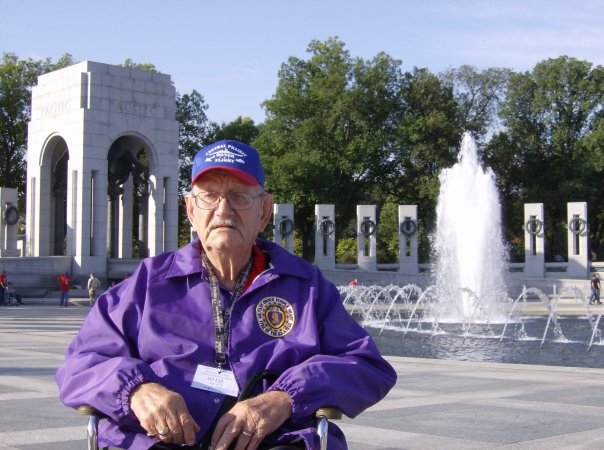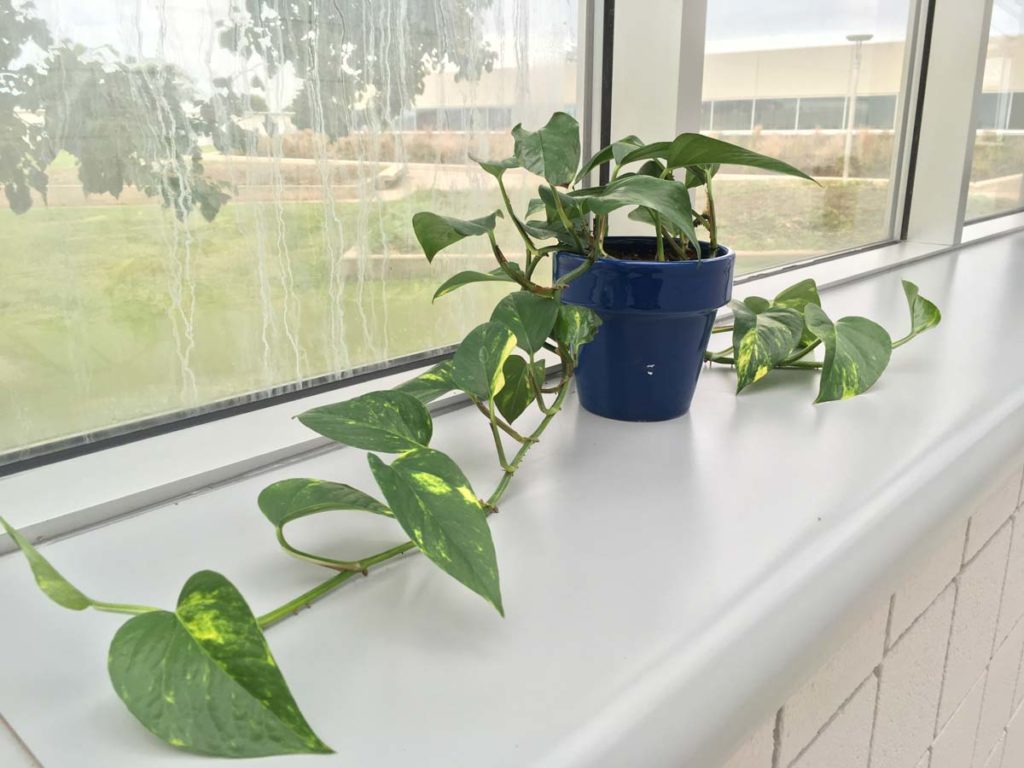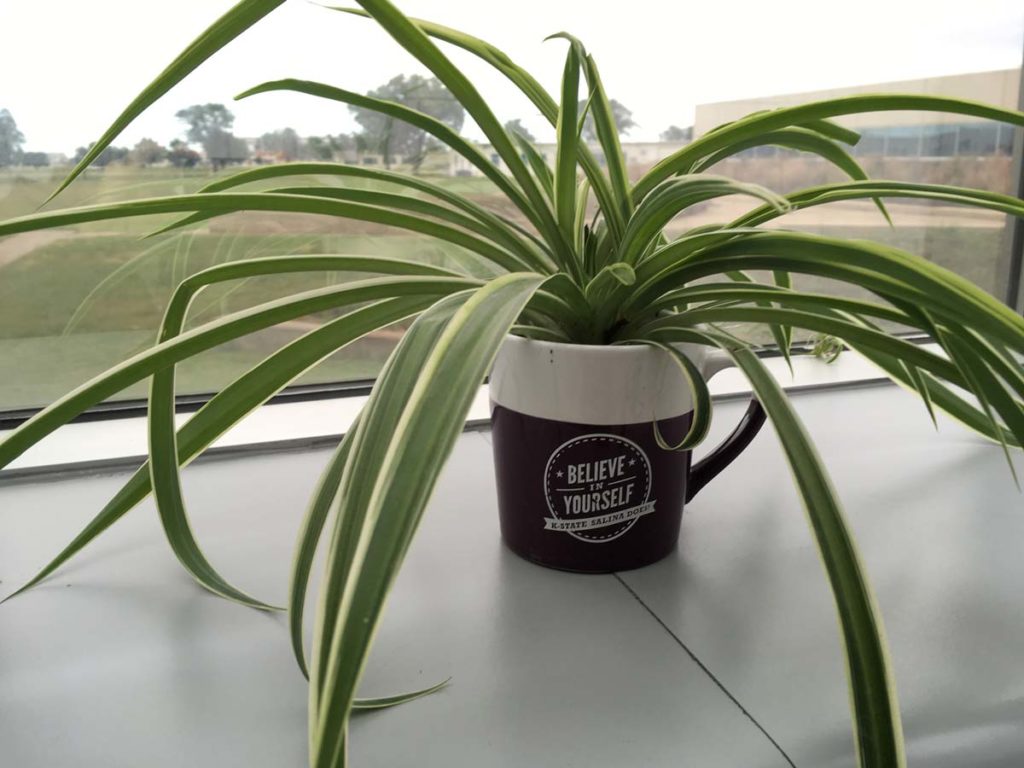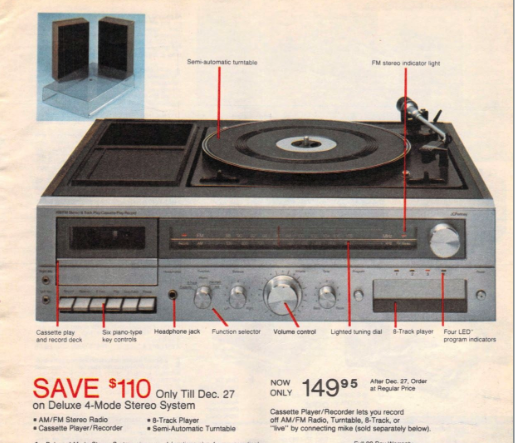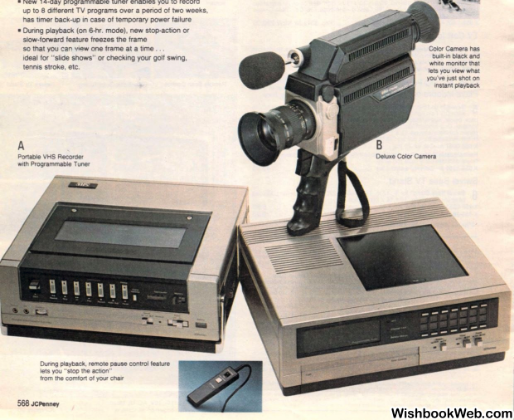This piece about the saints of our time spoke to me:
We’re in pioneer territory. The saints of old didn’t face our issues. They had their own demons to conquer and aren’t rolling over in their graves, shaking their fingers in disgust at us. They know the struggle. They know that ours is new territory with new demons to conquer and new virtues required. The saints of old remain, of course, as essential templates of Christian discipleship, living gospels, but they walked in different times.
So what kind of saints do we need today?
We need saints who can honour the goodness of the world, even as they honour God. We need women and men who can show us how to walk with a living faith inside a culture which believes that world here is enough and that the issues of God and the next life are peripheral.
I am familiar with only a few of the writers and thinkers mentioned by the article’s author Fr. Ronald Rolheiser as worthy of consideration. I am reblogging below the list of names mentioned by Fr. Rolheiser deemed worthy of consideration for my own future reference. The names below to which I have added links to Twitter accounts are the ones I have read before and enjoyed. The rest I hope to explore further at some date.
Raymond E Brown, Charles Taylor, Daniel Berrigan, Jean Vanier, Mary Jo Leddy, Henri Nouwen, Thomas Keating, Jim Wallis, Richard Rohr, Elizabeth Johnson, Parker Palmer, Barbara Brown Taylor, Wendy Wright, Gerhard Lohfink, Kathleen Dowling Singh, Jim Forest, John Shea, James Hillman, Thomas Moore and Marilynne Robinson…
Shane Claiborne, Rachel Held Evans, James Martin, Kerry Weber, Trevor Herriot, Macy Halford, Robert Barron, Bryan Stevenson, Robert Ellsberg, Bieke Vandekerckhove and Annie Riggs.
